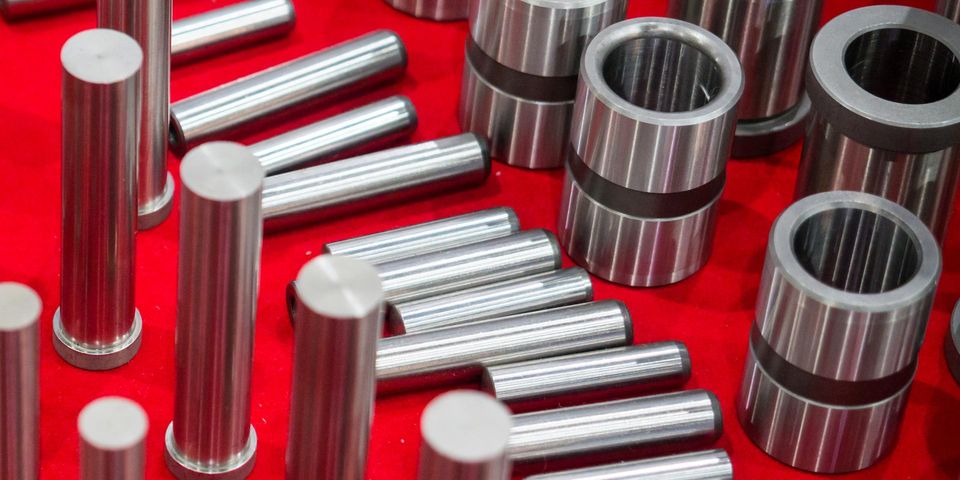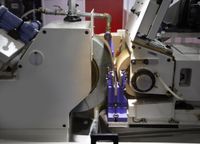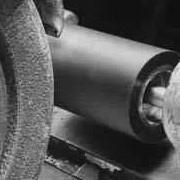
Centerless grinding is one of several processes used in metalwork production. It’s also the least understood because of how it works. Once you have a grasp on the basics, you’ll know whether it’s the right choice for your business. Here’s a closer look at this precision grinding alternative.
What Does the Process Entail?
 As the name implies, it doesn’t use mechanical constraints to finish the workpiece to give it a circular or cylindrical surface. Other conventional methods secure the piece in between the center to keep it in place. With the centerless technique, no spindle or fixture holds the workpiece; instead, it sits in the middle of two grinding wheels rotating in the same direction but at different speeds.
As the name implies, it doesn’t use mechanical constraints to finish the workpiece to give it a circular or cylindrical surface. Other conventional methods secure the piece in between the center to keep it in place. With the centerless technique, no spindle or fixture holds the workpiece; instead, it sits in the middle of two grinding wheels rotating in the same direction but at different speeds.
Rather than an overhead fixture or clamp, a holding platform below supports the workpiece as the different sized cylinders grind it. The grinding or stationary wheel has a wider diameter and is attached on a fixed axis, applying a downward force on the item. It grinds the workpiece to its precise, round form.
Another essential element called the regulating wheel is smaller, movable, and positioned to apply lateral pressure to the workpiece. To do this, it typically has a rough or abrasive surface to hold the part in the correct position.
What Are Its Benefits?
For production-heavy industries, this method offers many advantages, like the ones below.
-
Less Complicated Setup: Centerless grinding doesn’t require numerous moving parts to work as it efficiently runs according to the basic principles of physics. Setting up the machine is never a challenging and time-consuming activity, unlike other grinding equipment.
-
Faster Production Time: The simple setup allows for shorter production times—workers can quickly load the parts into the machine through different feeding methods. This method removes the need to pinpoint holding fixtures and clamp in the workpiece, which add up to the turnover period.
-
Higher Throughput: Since centerless grinding cuts production time, this type of machine translates to increased output as well. It’s ideal for applications that require high-volume production runs in a period.
-
Improved Precision: One primary benefit of centerless grinding is accuracy, which is necessary for workpieces that require tight tolerances. Its in-feed errors run lower than other traditional grinding machines because of the accurate programming of radial wheel adjustments.
When you need centerless grinding services, count on R. A. Heller Co. in Cincinnati, OH. They’ve provided a range of top-notch services, including precision grinding, hard chrome plating, and piston rod repair to various industrial clients across the eastern and Midwest regions of the United States since 1946. Call (513) 771-6100 to discuss your requirements or view their full list of services online.
About the Business
Have a question? Ask the experts!
Send your question

